|
10th August 2021 We're with the Woking Gaming Club for board gaming night at The Sovereigns in Woking for the second and final game of the evening. So apparently, if you're a kid, the most important things to you, other than building a fort, is pizza and toys. Welcome to Fort, a game about very fickle personal relationships! What's in a game?
The cards and boards are pretty standard, normal quality components, what you'd expect from a modern game. The tokens are anything but average, big, chunky and colourful, they're a great addition to the game. Stylised child-like art is used throughout Fort to decorate its cards and components, normally against a plain but colourful background, fairly effective art in my opinion. Fort uses a lot of iconography; between the 7 suits on the cards and a plethora of symbols for card actions, there quite a lot to remember and the stylised art used for icons isn't always instantly clear. It's not a gamebreaker by any means but it does add to the learning curve. How's it play? Setup
On to play A round is pretty standard in Fort, the active player plays a card and the other players react. Then the player to the left becomes the active player.
Endgame There are 3 ways the endgame can be triggered. If the park deck is depleted. If any player reaches 25 or higher on the victory track. If any player reaches fort level 5, they acquire the Macaroni Sculpture Card. Once one of these criteria have been met, the current round is completed. Points can come the victory track, fort level, made up rule cards and the Macaroni Sculpture Card. Points are tallied, highest score wins. Overall
The central theme and premise behind Fort is quite clever and charming. That is that friend cards are literally friends: Don't play a friend card, then that friend may go hang out with another player, although best friends are always loyal and more potential friends may be found at the park. Building a fort is of paramount importance as are pizzas and toys. Halcyon days! Fort blends together a bit of deck-building and a bit of drafting. Broadly speaking it provides players with the choice of performing actions to increase their victory points, or build up their fort. One provides points towards winning and the other confers benefits which hopefully helps later on. Another very important strategy here is to watch what other players put into their yards, some vulture-like scavenging may net the sharp-eyed player's a useful card, simultaneously denying another player of it. Thus players will also want to play as many of their 5 cards as possible, minimising the risk of losing friends. The better combos a player can generate, the more cards they can play. But despite this, I found Fort a finicky game to play, there's lots of suits to remember, somewhat indecipherable iconography to navigate and occasionally overly-complex actions to comprehend. The rule about having to fully complete an action in order to perform it all was a sticking point for me. I'm sure it's there's for balancing or a legitimate reason, but it felt so unnecessary and counter-intuitive. It's frustrating being unable to use a card because it's too powerful and having to discard it into the yard, only to watch another player snatch it up. It turns Fort from what could have been light, breezy and quick, into slow, pedestrian grind instead. Fort is a mechanically sound game with a strong theme and great presentation but somehow becomes a forgettable experience.
0 Comments
Leave a Reply. |
AuthorI play, I paint. Archives
March 2024
Categories
All
|

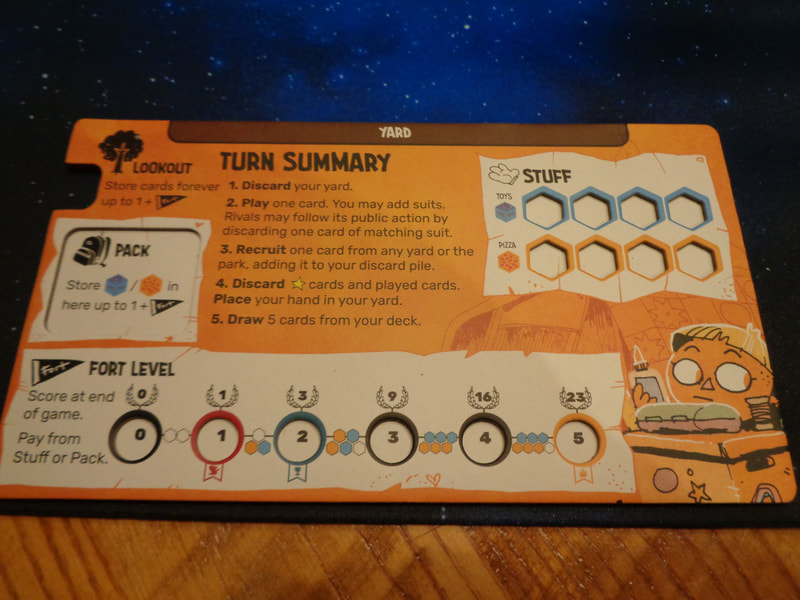
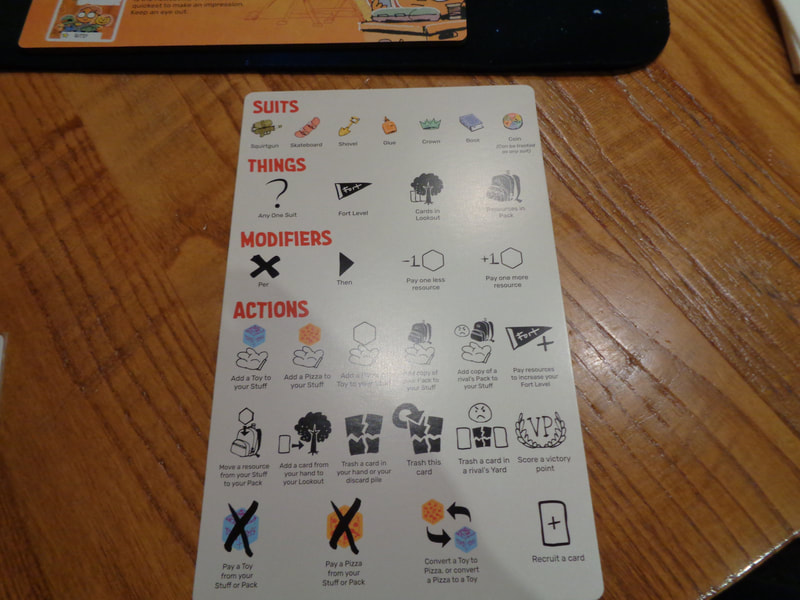
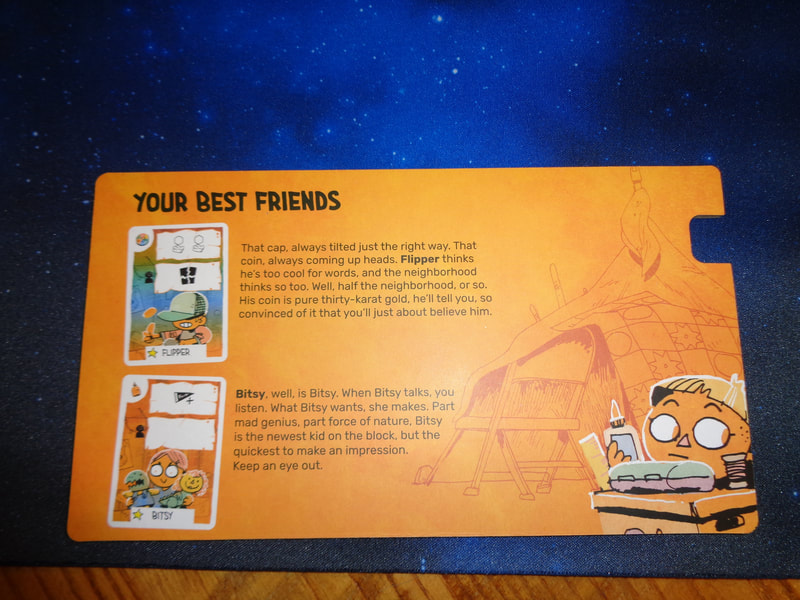
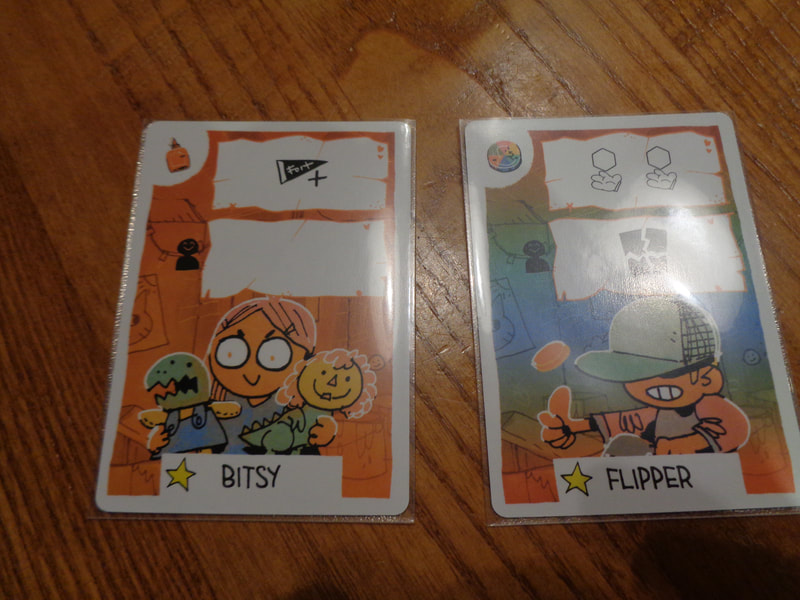
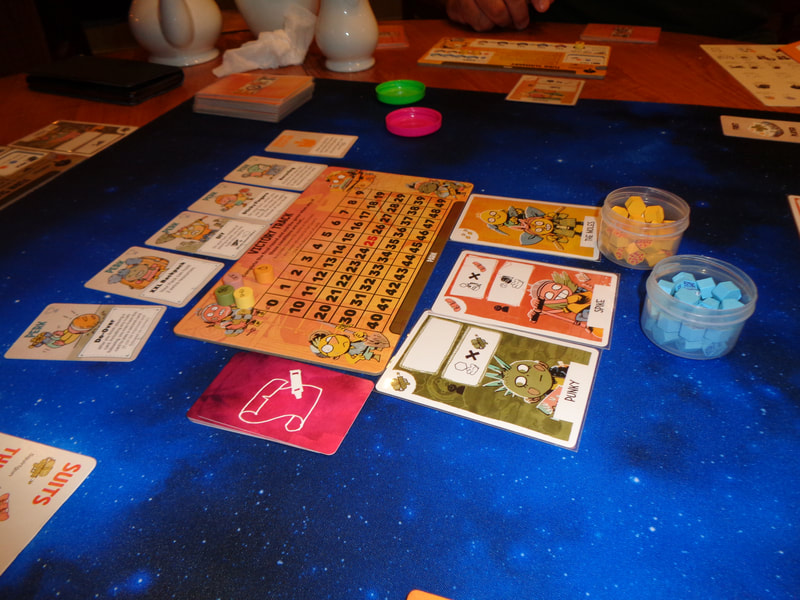
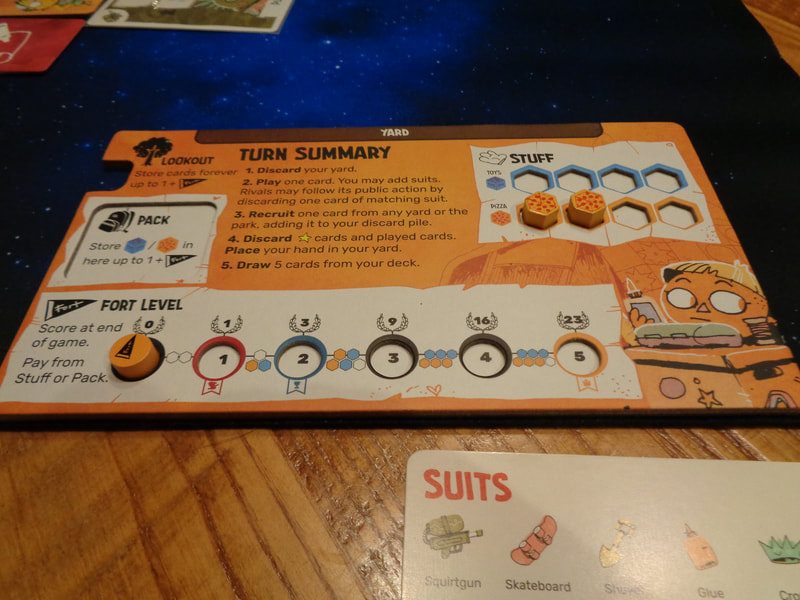
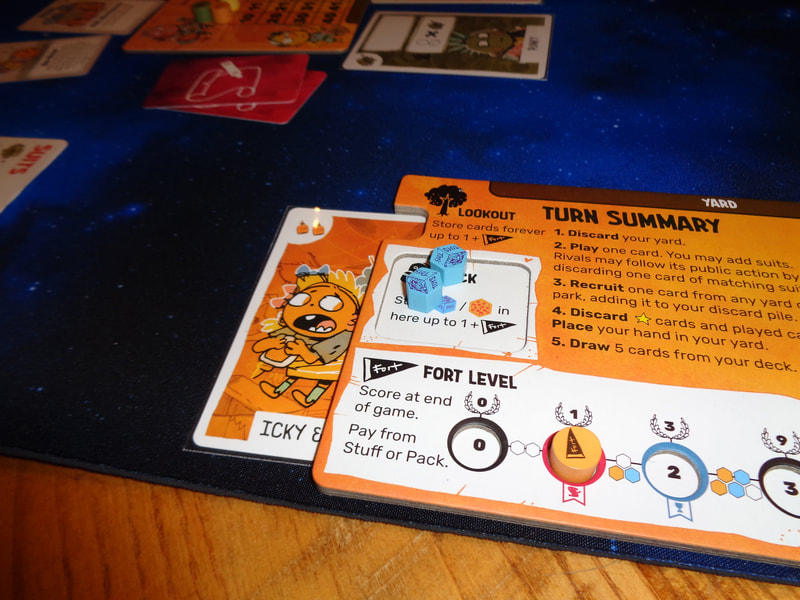
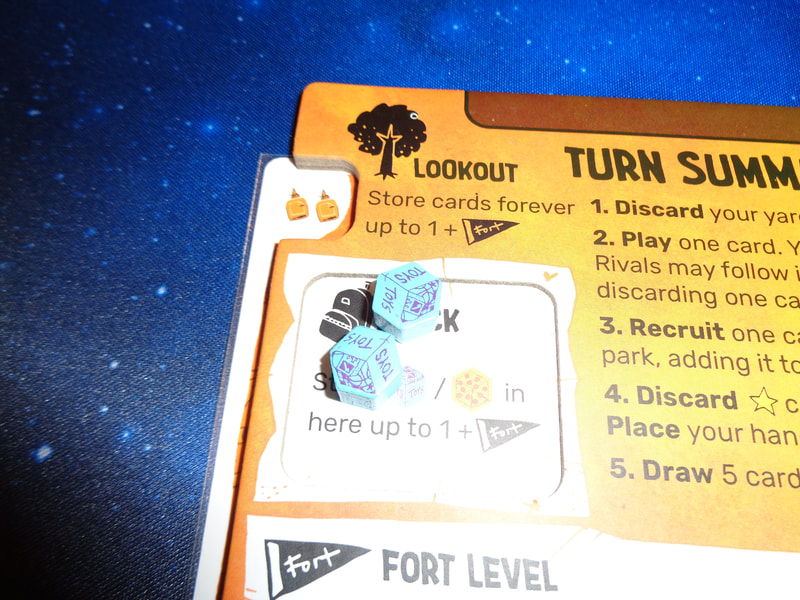
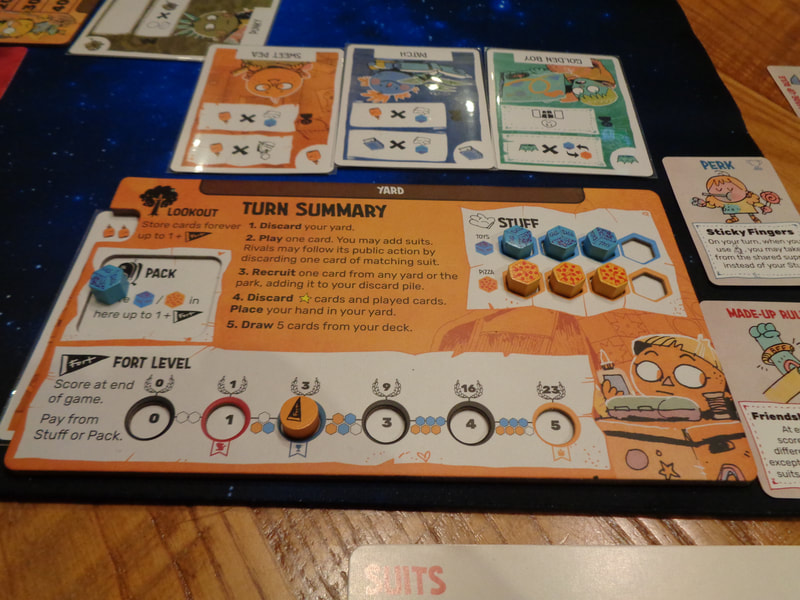
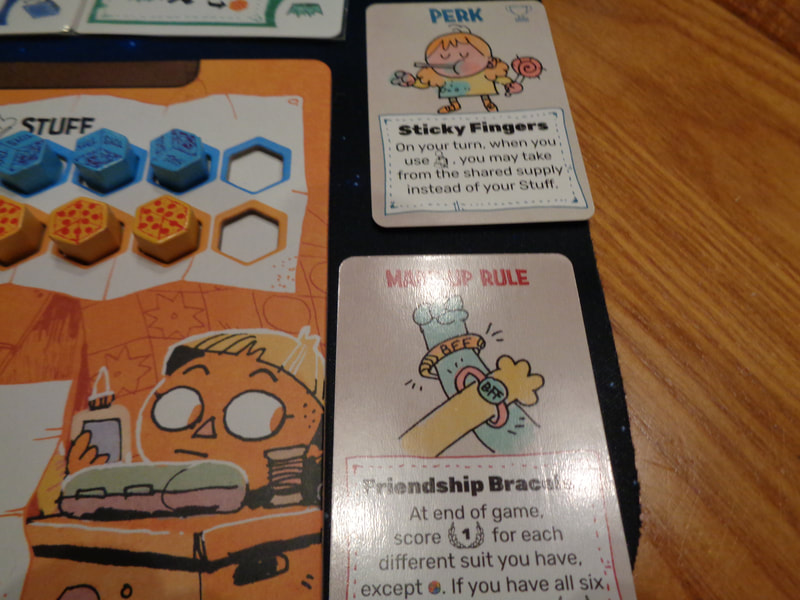
 RSS Feed
RSS Feed
